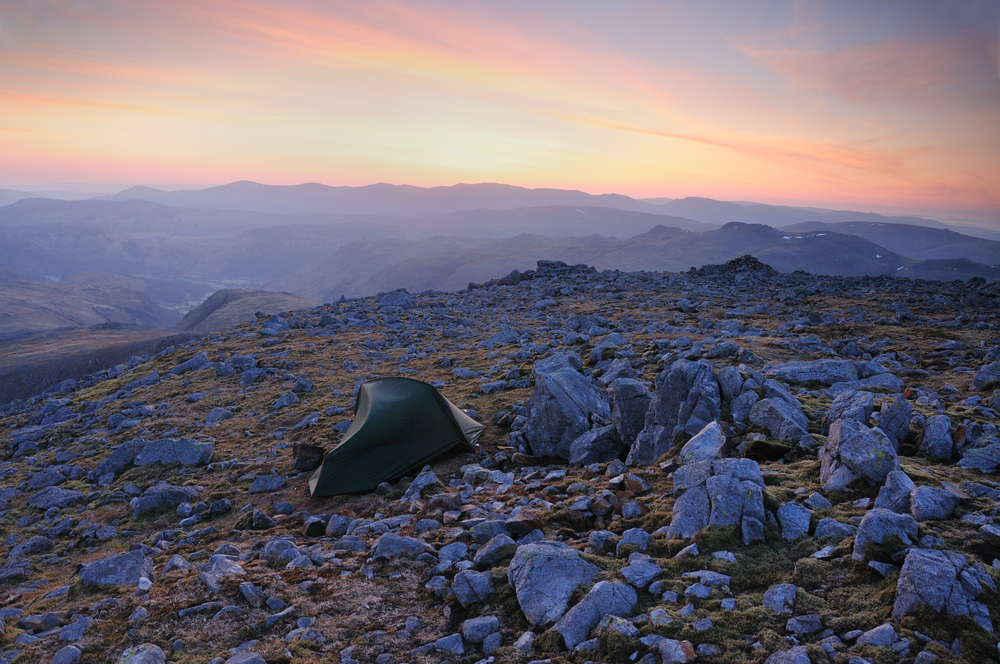Lakelovers Discount Codes – Latest July 2025 Offers!
Discover all of the latest Lakelovers discount codes, voucher codes and offers for 2025 right here! Idyllically positioned in...

On the bookshelf of many walkers’ homes and in cafes across the Lake District are ‘Pictorial Guides to the Lakeland Fells’, by A. Wainwright. They were one man’s love-letter’ to what he called the ‘Lakeland’s friendly hills’. But who was Alfred Wainwright and why have his pictorial guide become so synonymous with the Lake District?
Wainwright was born in Blackburn but it was a walking holiday with his cousin to the Lake District in 1930, from which A. Wainwright the famous fell walker, illustrator, and author was born. Wainwright’s wish to be closer to the Lake District fells came true in 1941, when he accepted a lesser-paid accountancy job in Kendal and spent every spare moment waking the fells. After his first walk up Orrest Head, Windermere, he was transformed:
“I was utterly enslaved by all I saw,” he said. “Here were no huge factories, but mountains; no stagnant canals, but sparkling crystal-clear rivers; no cinder paths, but beckoning tracks that clamber through bracken and heather to the silent fastnesses of the hills. That week changed my life.”
Wainwright set himself a 13-year task of walking all of the Lake District, creating an ‘illustrated account of a study and exploration of the mountains in the English Lake District’.
Between 1952 and 1966 Wainwright went on to publish the most respected set of 7 guides to walking the Lake District fells. A far cry from the complicated OS maps that walkers were using at the time, these small hand-size books are filled with delightful hand-drawn illustrations and detailed, humorous notes outlining 214 ‘Wainwright’ Lake District fells. The 7 volumes are organised geographically, starting with Book One, The Eastern Fells and finishing with Book Seven, The Western Fells.

L-R Haystacks, Catbells
Even today, this Wainwright ‘list of fells’ is widely regarded as a definitive guide to the mountains of the Lakes. They include a variety of fells and inclusion of them in his books were unknown but he documented his walks based on his personal preference or their relevance to the landscape, rather than size alone. So, today, walkers tend to ‘bag’ Wainwright’s favourite or first fells, rather than the highest, for example.
‘Wainwright bagging’ is working through the 214 ‘Wainwrights’, taking each walk and achieving as many as you can at whatever pace pleases you. Whole families get involved, with kids collecting their first Wainwright as well as athletes like ultrarunner Paul Tierney who broke the record for summiting all 214 Wainwright’s in 2019, doing so in six days, six hours and five minutes.
The name of Wainwright is deeply synonymous with the Lake District and indeed his ashes were scattered as his wish on Haystacks and a memorial stands in Buttermere church window, looking out to Haystacks.